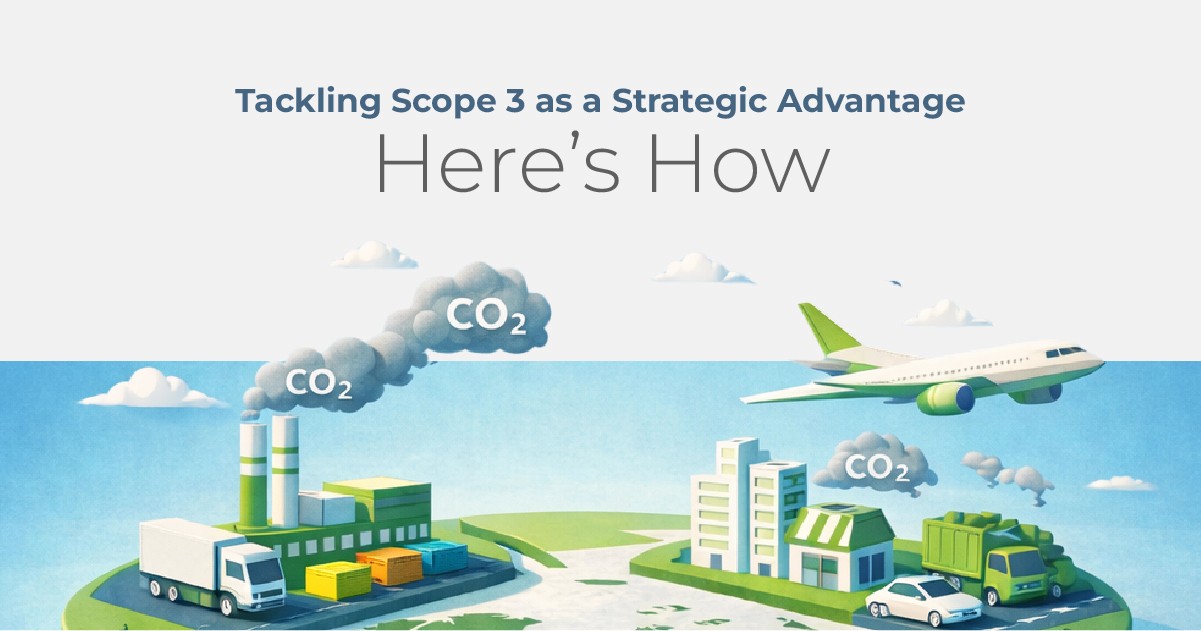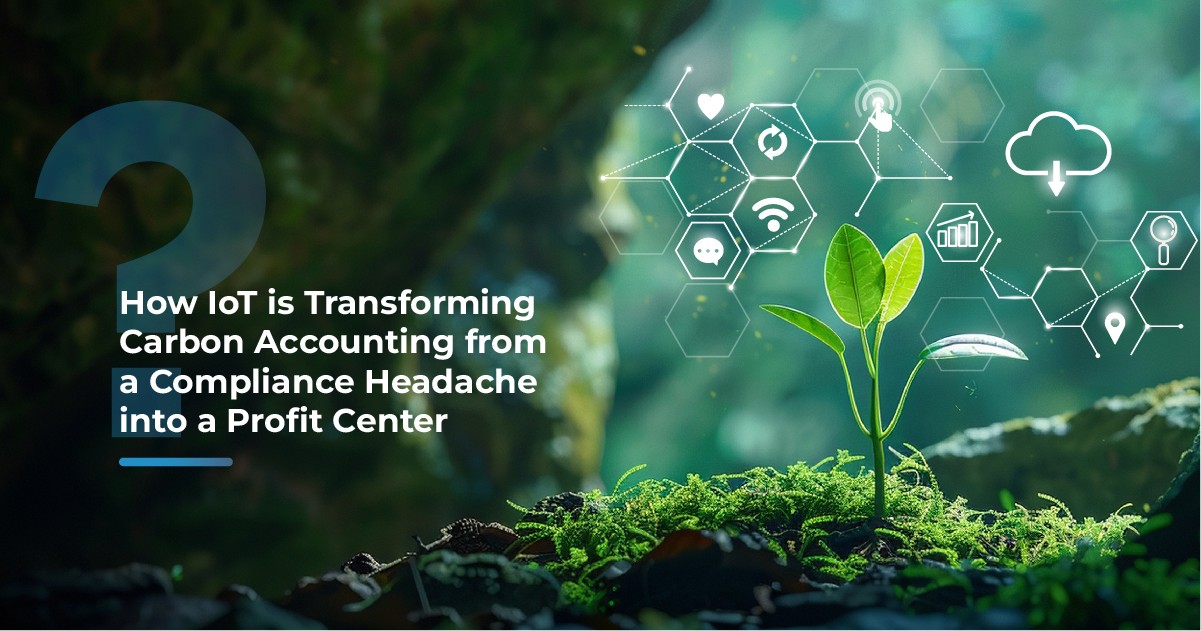Introduction
The automotive industry is driving through a period of unprecedented change. Alongside electrification, digital transformation, and shifting consumer preferences, a new regulatory force is set to reshape the sector: the European Union’s Carbon Border Adjustment Mechanism (CBAM).
Designed to level the playing field on carbon pricing, CBAM will directly affect global supply chains, particularly automotive, which relies heavily on carbon-intensive inputs like steel, aluminium, and chemicals. The result? New compliance obligations, rising material costs, and evolving trade dynamics that manufacturers must navigate.
As CBAM transitions into its next phase, automotive companies face a critical challenge: how to remain competitive in global markets while aligning with strict carbon accountability rules.
Latest Updates on CBAM and the Automotive Sector
EU Clean Industrial Deal & CBAM Simplification:
On February 26, 2025, the European Commission launched the EU Clean Industrial Deal, a €100 billion initiative to support clean manufacturing and reduce energy costs. Importantly, the deal includes a review of CBAM in Q3 2025, promising a simplified compliance framework before the 2026 fee collection phase begins for steel, cement, and other key inputs.
Dedicated Automotive Sector Action Plan:
The European Commission has also announced an Automotive Sector Action Plan, set for March 5, 2025. This plan will specifically address CBAM-related challenges in the automotive industry, helping carmakers and suppliers transition to greener, more resilient supply chains while staying globally competitive.
Calls for a Two-Year CBAM Freeze
Meanwhile, political debates continue. The European People’s Party (EPP) has proposed a two-year delay in CBAM implementation, citing risks for SMEs that may struggle with higher input costs. Critics warn that without such relief, Europe could face deindustrialization pressures as businesses grapple with rising carbon-linked expenses.
Why Automotive Supply Chains Struggle with CBAM Readiness

The automotive industry is one of the most complex supply ecosystems in the world. A single vehicle can require 30,000+ individual components, sourced from thousands of suppliers scattered across multiple continents. While this global network has fueled efficiency and innovation, it also presents unique obstacles in the context of CBAM compliance and carbon accountability.
Multi-Tier Complexity
Automotive supply chains are multi-layered. Tier 1 suppliers (direct partners to OEMs) often rely on Tier 2 and Tier 3 vendors for raw materials like steel, aluminum, plastics, and chemicals. Mapping and monitoring these deep supply networks is a formidable task, especially when emissions data is scattered across multiple players with varying levels of digital maturity.
Scope 3 Emissions: The Blind Spot
While manufacturers can manage their direct (Scope 1) and purchased energy (Scope 2) emissions, the majority of an automaker’s carbon footprint—sometimes up to 70–80%—lies in Scope 3 emissions across suppliers, logistics, and end-of-life stages. Without reliable data from upstream suppliers, compliance with CBAM reporting becomes guesswork, leaving companies exposed to risks.
Data Fragmentation & Reporting Gaps
Many suppliers still track emissions using manual spreadsheets or non-standardized formats. This leads to:
Inconsistent reporting across suppliers.
Reliance on industry averages rather than verified primary data.
Difficulty in consolidating emissions data into a single, audit-ready framework.
Fragmented data undermines the credibility of compliance reporting and increases the risk of discrepancies during audits.
Risks of Non-Compliance
Failure to build a CBAM-ready supply chain carries significant consequences:
Financial: Higher import costs, penalties, and rising carbon-adjusted material prices.
Operational: Border delays and disrupted exports to EU markets.
Reputational: Damage to brand credibility as sustainability expectations from regulators, investors, and consumers continue to rise.
For automotive companies, non-compliance isn’t just a regulatory issue—it’s a strategic business risk that can directly impact competitiveness in global markets.
5 Steps to Build CBAM-Ready Supply Chains

The path to CBAM compliance doesn’t have to be overwhelming. By taking a structured, technology-enabled approach, automotive manufacturers can transform compliance into a driver of resilience and competitiveness. Here are five practical steps:
Step 1: Map and Engage Suppliers
The first step is visibility. Automakers must map their entire supply chain network, including Tier 2 and Tier 3 suppliers that provide raw materials like steel, aluminum, and plastics. Once mapped, proactive engagement becomes critical:
Train suppliers on CBAM requirements.
Set clear reporting expectations.
Build collaborative frameworks for emissions reduction.
Without supplier buy-in, CBAM compliance is impossible.
Step 2: Standardize Emissions Data Collection
Fragmented, non-standard reporting is one of the biggest obstacles in carbon accounting. To ensure consistency, companies should adopt globally recognized standards:
GRI (Global Reporting Initiative)
CSRD (Corporate Sustainability Reporting Directive)
ISO 14064 standards
BRSR (Business Responsibility and Sustainability Reporting) for Indian exporters
Standardization ensures that emissions data is both comparable and audit-ready, eliminating disputes during CBAM checks.
Step 3: Automate Tracking with AI & IoT
Manual spreadsheets and siloed systems can’t keep pace with CBAM requirements. Digital transformation is essential:
Use AI-powered platforms to consolidate and analyze supplier data.
Deploy IoT sensors to track energy use and emissions in real time.
Automate data validation to minimize human error.
This shift not only improves compliance but also enables real-time insights for operational efficiency.
Step 4: Run Scenario Planning & Cost Analysis
CBAM introduces a carbon cost dimension to global sourcing. Companies need to run simulations that answer questions like:
How will EU carbon pricing impact steel or aluminum costs?
What savings can be achieved by switching to low-carbon steel or recycled aluminum?
What sourcing strategies minimize both emissions and expenses?
By running “what-if” scenarios, companies can make proactive sourcing decisions instead of reacting to rising costs.
Step 5: Conduct Mock Audits & Continuous Monitoring
CBAM compliance is not a one-time project—it’s an ongoing process. Automakers should:
Conduct mock CBAM audits to identify gaps before EU regulators do.
Set up continuous monitoring dashboards for leadership visibility.
Build a culture of transparency and accountability across the supply chain.
Regular testing ensures that compliance frameworks remain strong as regulations evolve.
How CBAM Can Drive Growth for Automakers
While CBAM introduces new challenges, it also unlocks opportunities for forward-looking automotive companies. By investing in CBAM-ready supply chains, businesses can gain more than just regulatory compliance:
Competitive Advantage in EU Markets
The EU is one of the largest markets for automotive exports. Companies that meet CBAM requirements ahead of schedule will enjoy smoother access, reduced border delays, and stronger positioning against less-prepared competitors.
Cost Savings via Reduced Carbon Intensity
Lowering carbon intensity often goes hand-in-hand with efficiency. By adopting cleaner energy, optimizing logistics, and sourcing sustainable materials, automakers can cut both emissions and long-term operating costs.
Acceleration of Green Materials
CBAM incentivizes a shift toward low-carbon steel, recycled aluminum, and sustainable plastics. Early adoption not only reduces compliance risks but also positions automakers to capture demand for next-generation green vehicles.
Stronger Brand Reputation
Consumers and regulators alike are prioritizing sustainability. Demonstrating CBAM compliance builds trust with investors, regulators, and eco-conscious buyers, strengthening both brand equity and long-term resilience.
CBAM Made Easy: How Onlygood Helps Automotive Companies Comply

At Onlygood, we believe CBAM compliance should not be a burden—it should be a pathway to smarter, more sustainable growth. Our platform empowers automotive companies to transform their supply chains into audit-ready, low-carbon networks through:
Real-Time Emissions Tracking
Granular visibility into Scope 1, 2, and 3 emissions across the entire supply chain.Supplier Onboarding & Engagement Tools
Simple frameworks for training and guiding suppliers, ensuring consistent and reliable reporting.Automated CBAM-Compliance Reporting
Pre-built templates aligned with EU requirements, CSRD, and global standards, ready for regulator submission.Scenario Modeling for Smarter Decisions
Simulate carbon pricing impacts, compare green material options, and plan for cost-optimized compliance strategies.Audit-Ready Dashboards
Always-on visibility that keeps leadership, regulators, and auditors confident in the accuracy of your sustainability data.
With Onlygood, automakers don’t just meet compliance deadlines, they build future-proof supply chains that are cleaner, leaner, and more competitive.
Conclusion
The Carbon Border Adjustment Mechanism is more than a regulatory hurdle, it’s a catalyst for transformation in the automotive sector. While the road ahead involves navigating rising material costs, complex supply networks, and evolving policies, the opportunities are just as significant.
Automotive supply chains must act now. By investing in transparency, supplier engagement, and digital compliance tools, companies can not only meet CBAM requirements but also unlock competitive advantage in the world’s most demanding markets.
The future of automotive manufacturing will belong to those who build transparent, audit-ready, and low-carbon supply chains. CBAM is not just about compliance, it’s about shaping a cleaner, smarter, and more resilient industry.





